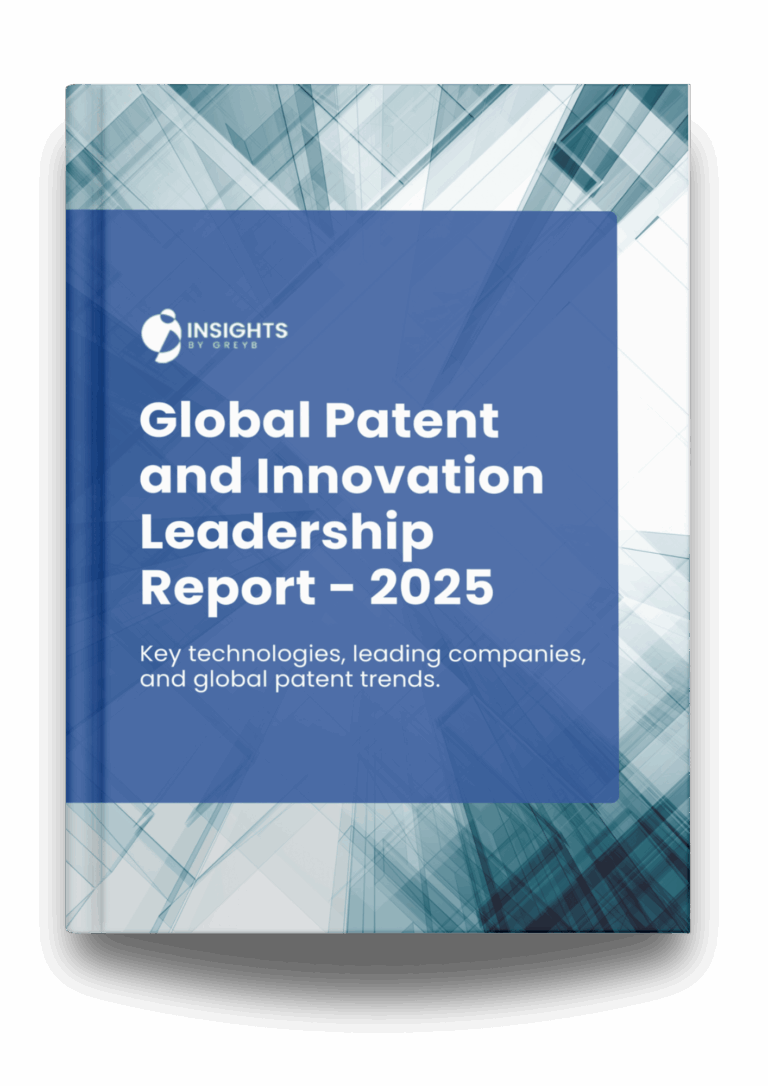The Nuclear Diamond Battery represents a revolutionary innovation, leveraging radioactive materials encapsulated within a diamond-based structure to deliver unparalleled longevity and reliability in energy storage. With the potential to transform how energy is stored and utilized, especially in demanding and remote environments, this technology heralds a new era of sustainable and efficient power.
What Makes the Nuclear Diamond Battery Unique?
- Extraordinary Lifespan: By using radioactive materials and diamonds, it can provide power for decades without needing replacement.
- Efficient Energy Use: Special techniques improve how well it captures and uses energy.
- Safe and Reliable: The diamond casing keeps the radioactive materials secure.
- Versatile Applications: Perfect for medical implants, space missions, and devices that are hard to maintain.
What Are the Key Patents Behind the Nuclear Diamond Battery?
The Nuclear Diamond Battery’s innovative design and operation are based on a series of patents developed by Neil Anthony Fox, Thomas B Scott, and their team at the University of Bristol. These patents highlight advanced techniques and processes that make this battery both efficient and practical.
- Growing Diamonds for Energy Applications (US11905594B2):
Describes the use of Chemical Vapor Deposition (CVD) to grow high-quality diamonds. These diamonds are crucial for capturing and converting energy efficiently in the Nuclear Diamond Battery.
- Diamond Gammavoltaic Cell Design (US11984524B2):
Details a diamond-based energy cell with specialized electrical contacts. This design ensures stable and efficient energy conversion from radiation.
- Tritium Integration in Diamonds (WO2023280689A1):
Tritium, a radioactive isotope, is safely embedded into the diamond structure. This process prevents leaks while generating energy through beta decay. - Radiation-Powered Energy Device (US11798703B2):
Outlines a complete energy device where diamond layers guide electron flow to produce a steady current. Beta-emitting radioisotopes guarantee decades of reliable energy.
- Enhanced Diamond Surfaces for Energy Devices (US8617651B2):
Focuses on treating diamond surfaces to improve their ability to conduct electricity and convert radiation into usable energy.
- Optimized Energy Management with Surface Coatings (WO2019106362A1):
Describes coatings that enhance energy conversion by fine-tuning the diamond’s surface properties, ensuring better performance in challenging conditions.
These patents are the backbone of the Nuclear Diamond Battery. They show how carefully designed processes and materials can come together to create a powerful and long-lasting energy source.
How Does the Nuclear Diamond Battery Compare to Competitors?
Although the Nuclear Diamond Battery is still under development, it stands out when compared to other long-lasting energy options:
| Feature | Nuclear Diamond Battery | Conventional Lithium-Ion | Hydrogen Fuel Cells |
| Lifespan | Over 100 years | 3-5 years | 10-15 years |
| Maintenance Needs | Very low | Moderate | High |
| Safety | Very safe (diamond casing) | Risk of overheating | Risk of leaks |
| Environmental Impact | Minimal | Moderate | Low |
The Visionaries Behind the Innovation
The Nuclear Diamond Battery was developed by Neil Anthony Fox and Thomas B Scott, leading researchers at the University of Bristol. Their expertise in materials science and chemistry, combined with the university’s support, has driven this innovative idea forward. The University of Bristol’s role demonstrates how academic institutions can lead the charge in solving major global challenges like energy storage.
The Nuclear Diamond Battery is a step toward a future where energy is safe, reliable, and lasts for decades. As this idea moves closer to being used in real-world applications, it could transform industries and improve lives.
What other companies are filing patents for the diamond battery? Request a patent landscape around this technology by filling out the form below:







